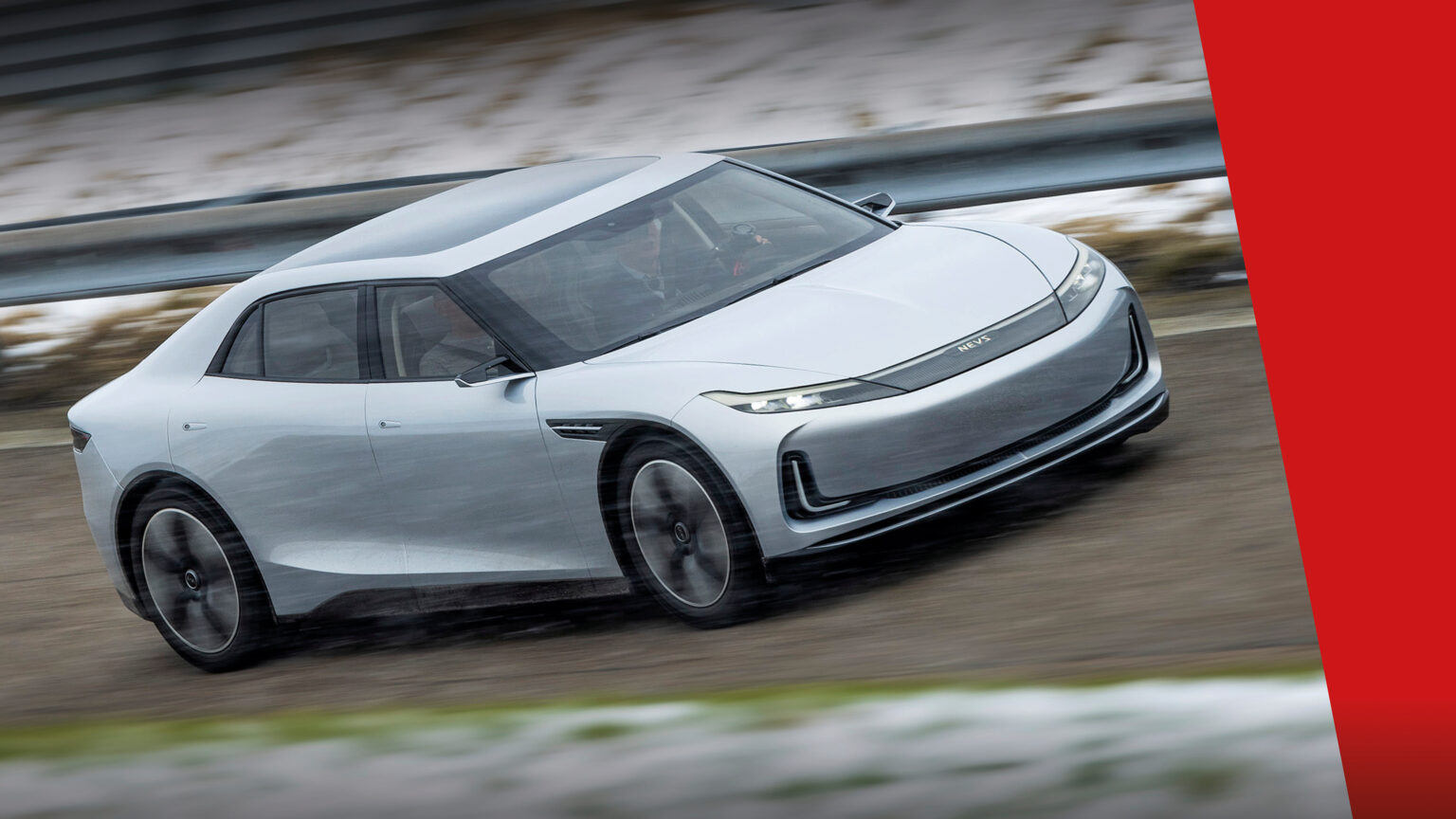That’s fascinating! NEVS, as the successor to Saab after its bankruptcy, has been working on a cutting-edge electric car in secret called – NEVS Emily GT. It’s noteworthy that the Swedish automotive media “Auto Motor & Sport Sverige” had the exclusive opportunity to test drive it a month ago, making them the only newspaper in the world to have done so.
Accoridng to Nina Selander, the recently appointed CEO of NEVS, It appears that the PONS project, which was previously a recognizable project for NEVS, no longer has prospects due to its high costs. However, the NEVS Emily GT, which carries the genes of Saab in a different way, seems to be continuing in some capacity.
According to Nina Selander’s statement, NEVS has sold some of its properties but will maintain the factory in order to rent it out. While there will be activities taking place in their premises, they will not be directly involved in those activities. NEVS will not be able to further develop their heart project PONS due to its cost, and the same team that received a notice is tasked with packaging the project for potential sale.
Table of Contents
- 1 NEVS Emily GT – A Super-secret Project That Has Only Just Been Revealed
- 2 Simon Padian and his team are behind the Emily GT project
- 3 350 engineers and technicians worked on the Emily GT project
- 4 NEVS Emily GT designed in just 5 months!
- 5 The first details about the NEVS Emily GT project were published a year ago
- 6 What will happen next?
NEVS Emily GT – A Super-secret Project That Has Only Just Been Revealed
According to Nina Selander’s statement, NEVS is also trying to sell their electric car project called Emily. She describes Emily as a fantastic car that NEVS has been developing for the past ten years. NEVS has had numerous development projects that they were unable to share details about in the past, but they are now planning to do so. Unfortunately, the financial possibilities for their self-driving car project called Sango were impacted by the COVID-19 pandemic. However, NEVS has been fortunate to have Auto Motor & Sport’s Alrik Söderlind test drive their electric car Emily.
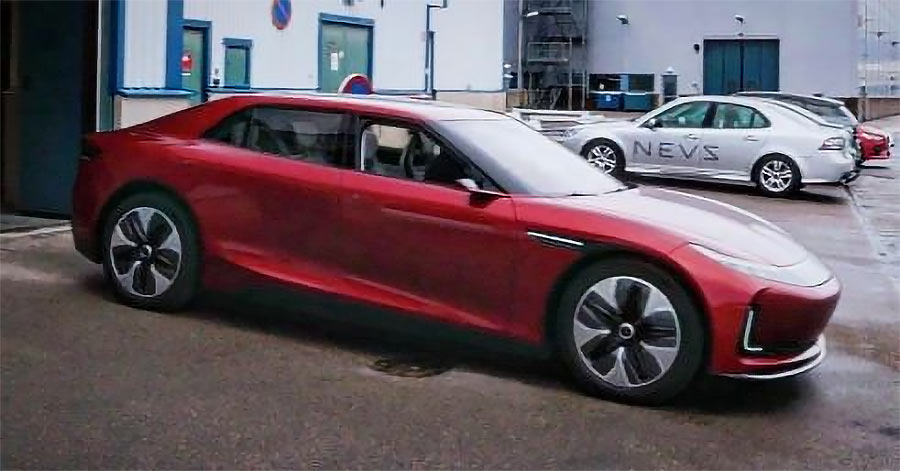
It appears that the electric car developed by NEVS in Trollhattan, which was delayed due to financial issues with its parent company Evergrande Group, has now been unveiled after NEVS ceased operations. This suggests that the production of the electric car, which was originally planned to start earlier, has now been revealed.
Practically only now, after the shutdown of NEVS in Trollhattan due to financial problems of the parent company Evergrande Group, the electric car that should have started production a long time ago was revealed. According to Nina Selander’s statement, who was recently appointed as the CEO of the company NEVS and subsequently announced the “hibernation” of the company, the valuable knowledge and expertise of the personnel, who are now leaving, make projects like Pons and Emily difficult to sell. Nina Selander stated,
“Yes, it is a treasure that is leaving. And it makes projects like Pons and Emily difficult to sell when all the people with knowledge are departing. We have had a team that has done an incredible job with the electric car project, in such a short time. Without the heart and dedication that we have, it would have been impossible to develop such a fantastic product on this timeline. I would wish from the bottom of my heart that Emily would have a future. It has been packaged as best as we can to become a reality.”
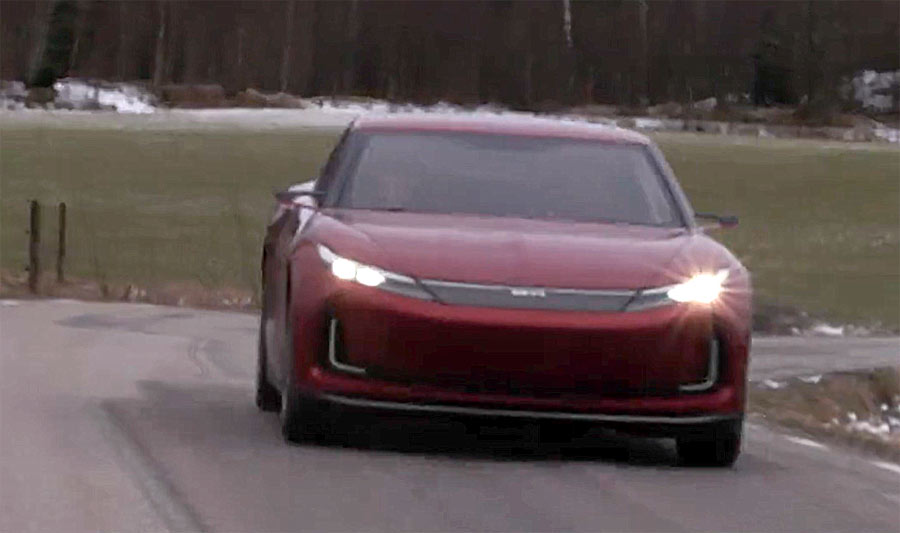
Nina Selander acknowledged that there is potential for NEVS to have a future. Evergrande recognizes that NEVS has the opportunity to continue production, and it should not be overlooked. Being the only production facility for Evergrande in Europe, NEVS holds significant value. Nina Selander communicates with Evergrande regularly, and sometimes she needs to slow down to ensure that NEVS is on the best path forward.
Simon Padian and his team are behind the Emily GT project
Simon Padian, along with his team, is credited with leading the Emily GT project. Padian is a well-known figure in the automotive industry, having served as the Saab Brand Design Chief during the development of the Saab 9-5 NG model, which is widely praised for its outstanding design. He has also been involved in other significant projects at Saab, such as the 9-3X, 9-7X, 9-5, Cadillac BLS, and Saab concept cars. Padian remained with Saab for over 13 years until the closure of Saab cars. And later in the company NEVS just for this Emily GT project.
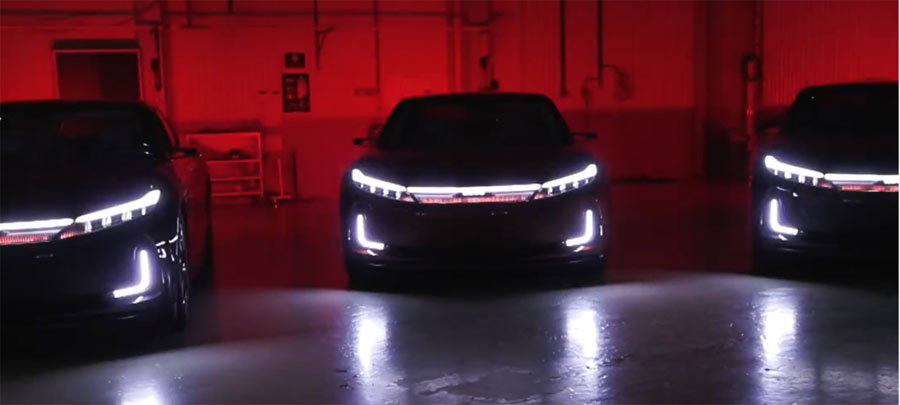
350 engineers and technicians worked on the Emily GT project
Peter Dahl, Program Director at NEVS AB, has expressed excitement about finally being able to reveal one of the secret projects that NEVS has been working on. He describes it as the most rewarding and busiest project he has had the privilege of running.
Despite initial doubts about the feasibility of the project, Dahl credits the success to an amazing and dedicated team of around 350 engineers and technicians who have been involved. He also commends the team for maintaining secrecy and avoiding leaks of information. Dahl expresses his gratitude to everyone who contributed to the incredible project and acknowledges their impressive efforts in bringing it to fruition.
According to our opinion, the Emily GT looks absolutely fantastic, and it’s evident that the team at NEVS did an amazing job. Congratulations to them! The design of Emily GT reminds us a lot of the 9-5NG model from SAABS, and it’s clear that they drew inspiration from SAAB’s heritage. The team at NEVS has taken that inspiration and made it even better, creating a truly impressive electric car.
NEVS Emily GT designed in just 5 months!
Simon Padian, who was part of the Creative Design team at NEVS, shared his thoughts on the Emily GT project, stating that it was one of the fastest but most rewarding projects he has worked on. He mentioned that the team created the design, including exterior, interior, and UI-UX, from initial sketches to final surface delivery in just 5 months.
Simon Padian praised the dedication and talent of the Creative Design team and NEVS as a whole. However, he expressed a wish that the project had received the go-ahead for production.
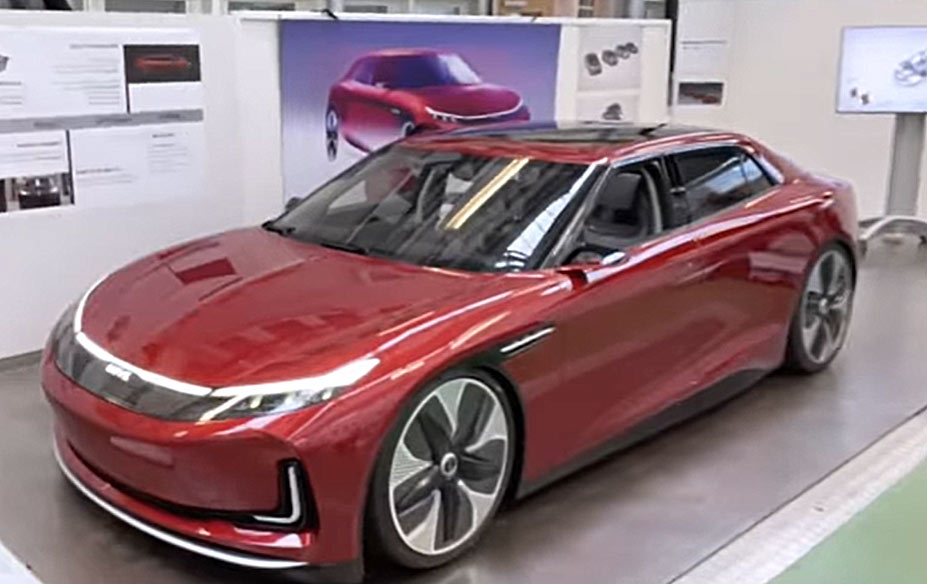
The first details about the NEVS Emily GT project were published a year ago
The NEVS Emily GT project details were initially revealed a year ago during a visit by former Saab employees, but photography was not permitted at that time. It is only now, after a year, that the team from “Auto Motor & Sport Sverige” had the chance to test-drive this impressive electric car on the test track in Trollhattan.
The Electric Car Project “Emilie” (now know as “Emily GT”)
The report describes the visit of former employees to the Elbilsprojektet “Emilie” (now “Emily GT”), a project that involved the development of an electric car in Sweden. Upon arriving at the upper prototype hall, the visitors saw the NEVS 9-3, an electric vehicle designed for production in China. Although the car had a similar appearance to the Saab 9-3 with a minor facelift to meet Pedestrian Protection requirements, most of the components were new.
Notably, a complete car factory was built in Tianjin, China, for the production of the NEVS 9-3. However, the production was halted after only 430 cars were built due to the intervention of a new owner, Evergrande, who deemed the vehicle not aligned with their corporate image. As a result, the planned major facelift for the NEVS 9-3 did not materialize.
The Emily project began with the Project Leader being given four electric in-wheel motors and a budget to build a functioning electric car within six months. Recognizing that the timeline was too short, the team negotiated for a 10-month timeframe.
NEVS Electric SUV or GT?!
The initial idea was to build an SUV to take advantage of the available space. The requirements included not only building a fully functional car but also demonstrating the optimal utilization of wheel motors. The team received a rough sketch of the car’s appearance, which was interpreted as a GT car to be built. It is this very car that the team “Auto Motor & Sport Sverige” unveiled today.
NEVS Emily GT in Details
A project team was formed comprising skilled automotive developers from the Saab era and specialists in electric vehicle propulsion. The team quickly agreed to design and build a car with a self-supporting shell structure using sheet metal pressed from actual tools, even though the tools were only intended for a very small production run.
Another decision made to meet the incredibly short development timeline was to choose suppliers that had not posed issues in the past, even if they were not the cheapest. Despite the challenges, everyone did a fantastic job, and within an astonishing 10 months from the start of the project, the first car was ready for display and test driving.
The car was tested at Volvo’s test track in Hällered, and it exceeded the requirements with a top speed of over 200 km/h and excellent road handling characteristics. Those who had the opportunity to drive the car were enthusiastic about its performance and appearance, including Christian von Koenigsegg. Due to the ongoing Covid-19 pandemic, the company’s management could not travel to Sweden when the project was completed, so the entire event was filmed and the videos were sent to Evergrande’s leadership.
During the visit, the visitors had the chance to see and sit in car number 3 and agreed that it was a beautifully designed car developed in an incredibly short time. Unfortunately, no pictures of the car were allowed during the visit. We’re only now seeing what that electric car that has a Saab touch looks like.
What will happen next?
NEVS has a completed project and a functional prototype, so it’s possible that NEVS Emily GT will come to life as a standalone brand or as part of an existing automotive brand if they acquire it from NEVS.
After completing the Emily GT project, NEVS has obtained a functional prototype of the car, which has received positive feedback for its design and performance. Emily GT may attract the attention of potential customers who are interested in sports GT cars with electric propulsion.
Given that the car was developed in a short period of time and has received positive feedback for its design and performance, it can be expected to attract buyers looking for innovative electric vehicles. Potential buyers could also be existing automakers looking to enter the electric vehicle market or expand their offering of electric cars.
If Emily GT becomes a standalone brand, potential investor will be able to develop and produce these cars under their own name and branding, allowing them to focus on specific target groups and market segments. Alternatively, if Emily GT is acquired by an existing automotive brand, it may be integrated into their existing lineup of electric vehicles or be part of their strategy for expanding into the electric vehicle market.
In any case, the future of Emily GT will depend on the interest of potential buyers and the strategy that NEVS or a potential new owner adopts for further development of this car. Given the growing interest in electric vehicles worldwide, Emily GT may have the potential for success as an innovative vehicle in the sports GT segment with electric propulsion.

